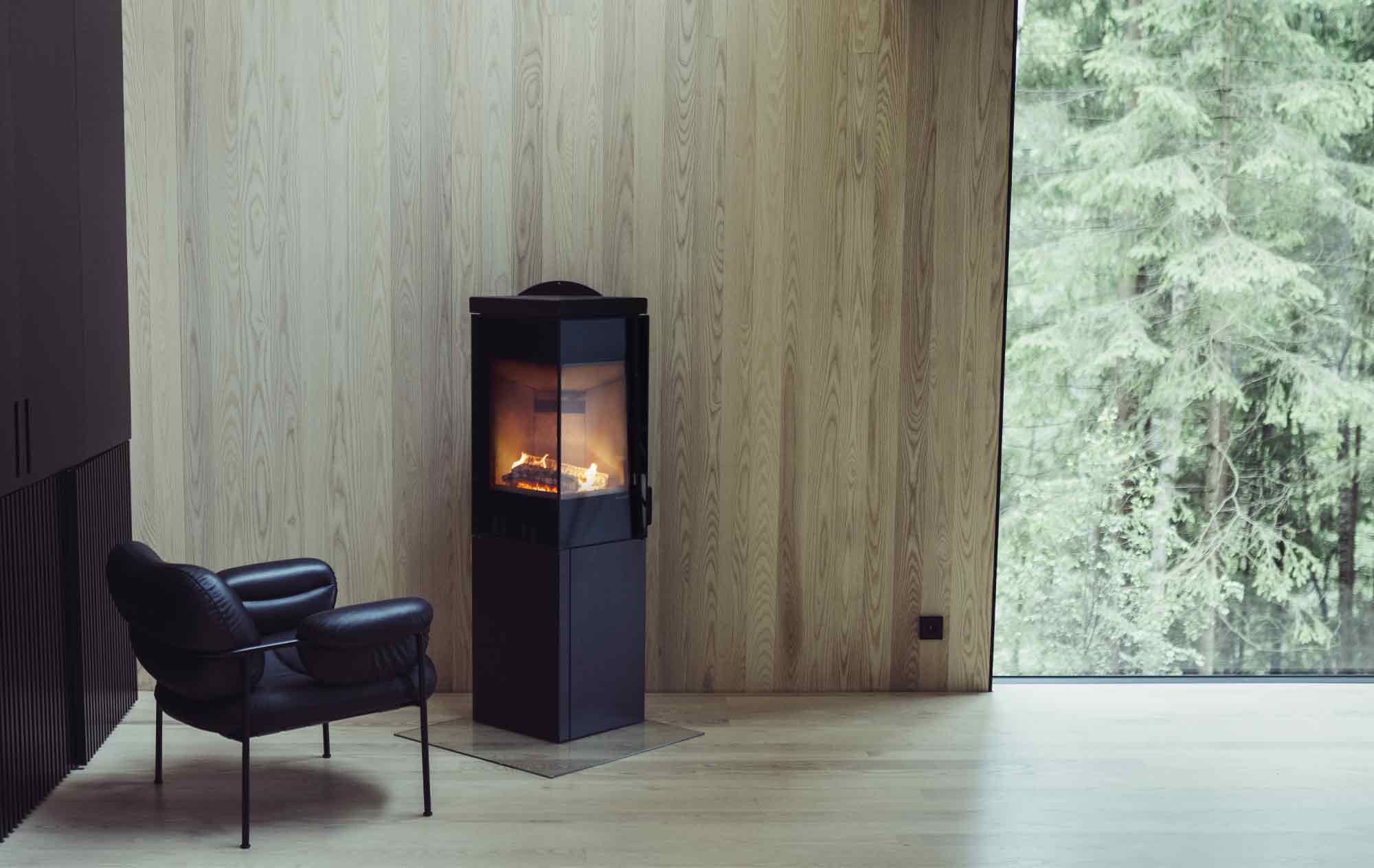Is it environmentally friendly to use a fireplace?
Many wonder if it's environmentally friendly to use a fireplace or stove. Modern, clean-burning stoves are designed with technology that results in very low air pollution.
In most cases, using firewood to heat your home through a modern, clean-burning stove or fireplace is more environmentally friendly than relying on electricity. Modern, clean-burning stoves release minimal smoke and gases into the air. The gases and particles in the smoke are transformed into heat, and the air released is clean and almost free from particles. With modern technology, wood heating has actually become an environmentally friendly way to heat homes.
However, the smoke emitted from older hearths is not as clean. Stoves and fireplaces produced before 1998 lack the same technology. They are not clean-burning, and using them is therefore not environmentally friendly. If you have such an older stove or fireplace, it might be time to replace it with a more modern one. Additionally, it's worth noting that modern hearths require less wood than older ones, making heating not only more environmentally friendly but also more cost-effective.

Facts:
- Trees are renewable resources
- Hardwood species burn for a longer duration
- Only fireplaces and stoves manufactured after 1998 are clean-burning and thus environmentally friendly
In modern stoves, the method of igniting the fire is different from older methods. You may have previously learned to start the fire at the bottom and let the flames catch upwards. However, if you ignite the fire from the top, you "capture" the gases at the bottom of the combustion chamber, allowing them to ignite. These gases develop high temperatures when burned, leading to improved heat efficiency. The wood simply burns more effectively, allowing you to utilize their energy more efficiently.
Read more about how to properly ignite fires in modern fireplace stoves.

